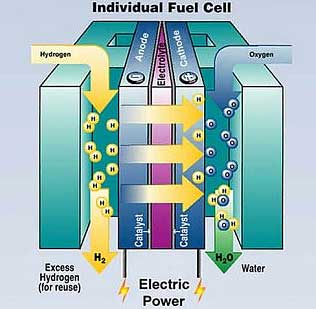Lack Of Fuel Limits Hyundai Hydrogen Car Sales
 Print this Article | Send to Colleague
Print this Article | Send to Colleague

A lack of a hydrogen fueling network is taking its toll on Hyundai’s fuel cell-powered Tucson model, according to the maker’s top U.S. executive. That has forced the maker to turn away potential buyers who simply don’t live close enough to the handful of hydrogen pumps currently open to the public in Southern California. But Hyundai Motor America said the situation should improve over the next few years as a state-funded effort opens more hydrogen fueling stations.
Hyundai has sold "under 100" of the Tucson FCV models since the fuel-cell vehicle was introduced last summer. That’s not for a lack of interest, Hyundai officials stressed. The Tucson FCV has generated significant interest since it went on sale nearly a year ago, but while there might be a reasonable bit of demand, Hyundai has been cautious about who it actually wants to sell the vehicle to. The fuel-cell version of the popular Hyundai Tucson went on sale in the U.S. market lasts summer.
The key issue is ensuring that a customer can readily fill up the fuel-cell vehicle’s tank. That can be a challenge when there are only about a half-dozen hydrogen stations in the Southern California region where the vehicle is currently being sold.
On the positive side, the State of California has set aside millions of dollars to expand that nascent hydrogen infrastructure and expects to have nearly a dozen filling stations open in the coming year, with a target of doubling that in short order. Eventually, the state hopes to have at least 100 in place.
The government-funded initiative is meant to upend the classic chicken-and-egg syndrome. The energy industry doesn’t want to invest in hydrogen unless and until sales of fuel-cell vehicles hit critical mass. Automakers are reluctant to commit to manufacturing hydrogen vehicles if there’s no place to fill them up.
Seen by many as the fuel of the future, hydrogen is typically used in a fuel-cell stack. The gas is pushed through a permeable membrane coated with rare metals like platinum, combining with oxygen on the other side. The process creates a flow of electric current – and water vapor as its exhaust. That energy is used to power electric motors similar to those in a battery-car.
Hyundai has not said if - or when - the fuel-cell model will adopt the new Tucson body coming for 2016 with gas-powered models.
Back to NAFA Connection


